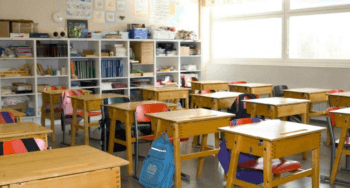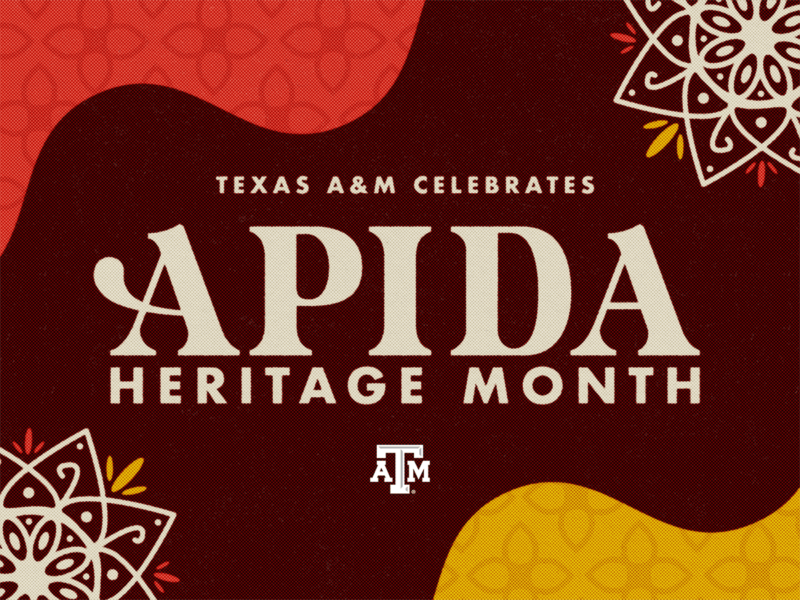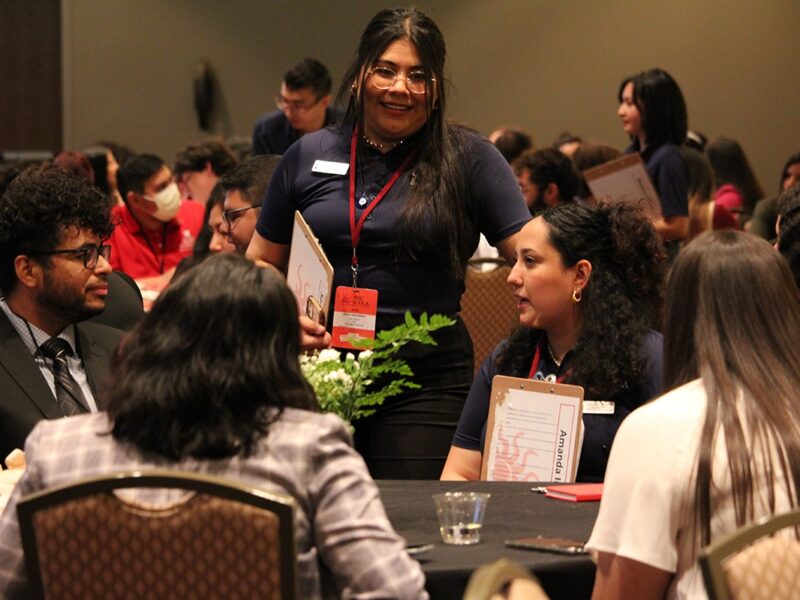Breaking Barriers In Science Education
 Hoping to break down barriers for English language learners and low socio-economic status students, professors in the Department of Educational Psychology developed a literacy-integrated science intervention, funded by the National Science Foundation.
Hoping to break down barriers for English language learners and low socio-economic status students, professors in the Department of Educational Psychology developed a literacy-integrated science intervention, funded by the National Science Foundation.
Acquiring scientific literacy presents a challenge to all students, but those of color and those who come from low socio-economic status backgrounds may be at a significant disadvantage, say the researchers.
“We have to provide the correct tools so they can succeed and see the payoff for having a formal education. It’s the commitment to better the language, the literacy skills, reading, writing and technology. We want to make sure they can find the most effective way to continue moving up,” said Dr. Rafael Lara-Alecio, professor of bilingual education and director of the Center for Research and Development in Dual Language and Literacy Acquisition (CRDLLA).
Over the course of two years, the intervention was implemented in four schools in an Aldine school district. Two schools were assigned to treatment and two schools were assigned to control. The intervention included a professional development component for teachers and instructional intervention for students composed of literacy-infused models for science instruction, vocabulary development, written academic science vocabulary and other enrichment components.
Continue reading on Transform Lives.
This article by Ashley Green originally appeared in Transform Lives.





